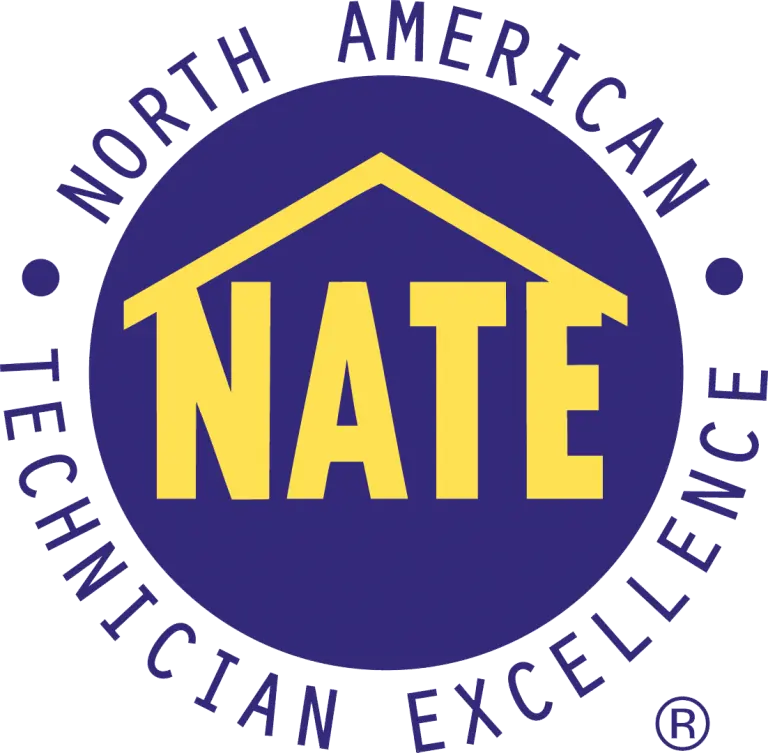Across the country, the HVACR industry is facing a workforce shortage that’s impacting service speed, availability, and long-term planning for commercial facility managers. According to ACHR News, approximately 25,000 HVAC technicians are exiting the workforce each year, while far fewer are entering to replace them. By some estimates, the U.S. will be short more than 100,000 skilled HVACR workers in the coming years.1 But while this trend has created real pressure on service delivery, the story isn’t all bad news because this one’s been on the radar for over a decade. In fact, what’s happening behind the scenes is an industry-wide transformation—one focused on attracting, training, and retaining the next generation of technicians.
As a facility manager overseeing a network of retail, restaurant, banking, medical, or other commercial properties, here’s what you should know: the HVACR industry is taking bold steps to ensure you’ll continue to have the service coverage and expertise your sites need.
Trade Schools Are Modernizing and Recruiting Earlier2
Vocational training institutions across the U.S. have significantly expanded and evolved their HVACR programs in the past few years. Some key developments:
- High School Integration: Many school districts are now working with HVACR trade associations and local businesses to integrate HVAC-focused career tracks into high school curriculums. These Career and Technical Education (CTE) programs introduce students to the trade earlier, helping shift the perception of HVAC from a “fallback” option to a high-demand, technology-forward career.
- Modern Training Tools: Programs are ditching outdated textbooks. Schools are adopting HVAC simulators, remote troubleshooting tools, and digital workbenches to bring training into the 21st century. This reflects the tech-heavy reality of the job today, and appeals to younger, tech-savvy students.
- Accelerated Certification Programs: Many institutions are now offering fast-track options that allow students to complete their certification and start work in as little as 6 to 12 months—often in partnership with local employers who guarantee interviews or placement.
More educators now emphasize that HVAC isn’t just about fixing ACs — it’s about smart building systems, sustainability, and technology. That message is starting to resonate.
Service Providers Are Building Their Own Workforce Pipelines3
HVACR contractors and service companies aren’t waiting for the schools to catch up. Many are taking matters into their own hands through internal training programs, such as:
- In-House Academies: Larger service companies are launching their own training schools, offering paid apprenticeships that combine classroom instruction with on-the-job experience under a journeyman-level mentor.
- Onboarding Boot Camps: New hires are being immersed in 4- to 12-week intensive boot camps that cover technical fundamentals, safety, customer service, and diagnostic procedures before they ever step foot on a jobsite alone.
- Upskilling for Retention: Companies are investing in continuing education and certifications for existing staff—helping technicians grow into higher-level roles (controls techs, project managers, etc.) while backfilling entry-level roles with apprentices. This creates a more stable service base and long-term bench strength.
Technology Is Extending Workforce Reach4 5
The next generation of techs is growing up with smartphones, apps, and instant access to information — and smart service companies are leaning into that. As a result, the HVAC industry is increasingly leaning on technology to do more with less:
- Remote Diagnostics & Monitoring: IoT-connected HVAC systems allow service providers to monitor equipment in real-time, predict failures before they happen, and reduce the number of unnecessary truck rolls. This helps facilities get faster service—even in a tight labor market.
- Mobile Apps & Field Support Tools: Newer technicians can now access wiring diagrams, service manuals, and expert support through AI-enabled apps, allowing them to handle complex systems with confidence—even without decades of experience.
- Virtual Assistance: Some companies are equipping junior techs with headsets or video support tools, allowing senior technicians or supervisors to guide them remotely through complex repairs.
Industry Organizations Are Leading the Charge
Trade associations and nonprofits have stepped up to raise awareness and build long-term career pathways into the HVACR industry:
- National campaigns aim to change public perception and promote HVACR careers to young people and parents.
- Scholarship programs and grant-funded apprenticeships are being expanded, especially to reach underserved populations, women, and veterans.
- National Signing Day events—similar to what’s seen in college athletics—are being held to celebrate students entering the skilled trades, giving HVACR visibility and prestige.
What It Means for Facility Managers
So what does all this mean for those of you who manage HVACR at multiple sites and rely on vendors to deliver?
- You should expect more structured and consistent talent at your service providers over time—not just seasoned veterans but well-prepared entry-level techs who are being professionally trained and supported.
- Vendors who are investing in workforce development are more likely to offer predictable service, better response times, and proactive maintenance programs.
- New technologies like remote diagnostics and service transparency tools (e.g., QR codes on units, live service status dashboards, etc.) are helping close the labor gap while giving facility managers more insight and control than ever before.
Because of this facility managers should:
- Ask vendors how they’re developing talent. A strong internal training program is a good sign of stability and future capacity.
- Explore connected systems and preventive maintenance. They help stretch labor while giving you more insight and control.
- Build long-term relationships with service partners. Those who invest in your sites and your success will prioritize your needs in tight labor cycles.
The Future Looks Different—And That’s a Good Thing
The HVACR industry is undergoing a long-overdue shift in how it attracts and develops talent. While the labor shortage is real and will take time to fully resolve, the outlook is increasingly optimistic.
Rather than relying on a shrinking pool of aging experts, the industry is rebuilding from the ground up—with education, technology, and smarter training strategies at the core. For commercial facility managers, this means the service model is evolving—toward one that’s more proactive, more transparent, and more resilient. So while the labor challenges are real, the industry is meeting the moment — and that means better, more consistent outcomes for your buildings and your brand.
Resources:
2 https://cte.ed.gov/legislation/perkins-v
5 https://www.achrnews.com/articles/153737-ai-takes-on-hvac-labor-shortage




